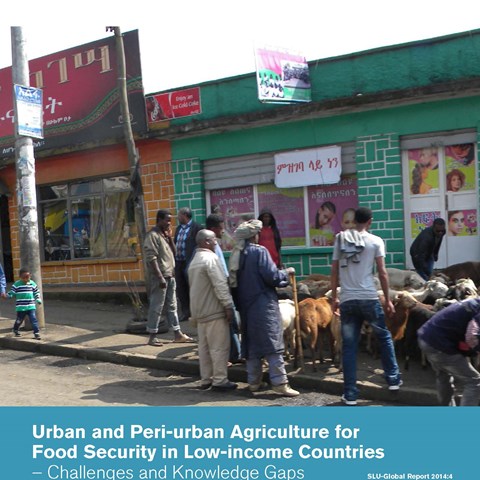By 2050 it is estimated that the global population will reach almost 10 billion, with the majority of that growth taking place in urban areas of less developed regions of the world. Such rapid urbanization has produced a large group of urban poor, proliferating widespread issues like food insecurity and malnutrition in low-income countries.
Urban and peri-urban agriculture has evolved as way to mitigate these challenges and offers a variety of benefits such as improved food security, food of higher nutritious value, and greater household incomes. It also enables the urban poor to better withstand spikes in food prices. On the other hand, this type of agriculture increases the risk for the spread of diseases from animals to humans and creates sanitary and environmental problems related to waste, water and manure.
Here we present science-based information on drivers, pros and cons, and knowledge gaps related to urban and peri-urban agriculture in low-income countries. We believe that this information will be of interest for scholars and policy-makers alike and others working for global food security. The anthology is written by researchers from three Swedish and two Ugandan universities with financial support from the Swedish Ministry of Foreign Affairs as part of its special allocation on global food security.
